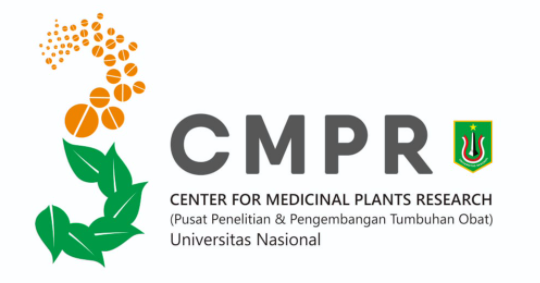Sri Endarti Rahayu, Rika Oktapianti, Ikhsan Matondang
ABSTRACT
Background and objective: Ethnomedicine plays an important role in the maternal healthcare practice of the Serawai tribe of Seluma district, Bengkulu, however, itsuse has never been documented. This study, therefore, conducts an ethnobotanical survey to document the medicinal plant used for traditional maternal healthcare inthe Serawai tribe.
Materials and Methods: The indigenous knowledge was gathered through interac-tion and questioners with traditional healers.
Results: The study provide information on 52 species belonging to 33 different fam-ilies. Most of the reported plants belong to Zingiberaceae (13.5%), Euphorbiaceae,and Poaceae (5.8%). The result of life form analyses showed that herb constitutedthe highest proportion of medicinal plants (42.3%), followed by the tree (25%), withleaves (50.9%) as the most utilized plant parts for preparation of traditional herbalmedicines. Approximately 80% of plant material are found in the surrounding village,with herbal remedies mostly prepared in the form of decoction (57.7%) and orallyadministered. However, among the 16 categories of diseases a total of 8 species wereaffected by excessive bleeding.
Conclusion: The result showed that medicinal plants had played significant rolesin the management of maternal healthcare. The constraints associated with the useof this medical treatment process, is the poor interest of the younger generation incarrying out this tradition. This, has therefore, lead to a significant threat to medicinalplants. It is, therefore, necessary to preserve the indigenous knowledge on traditionalmedicine by proper documentation, identification of plant species used, and herbalpreparation for future usage.
Key words: Ethnobotany, Maternal health, Medicinal plants, Serawai tribe, Indonesia
Cite:
